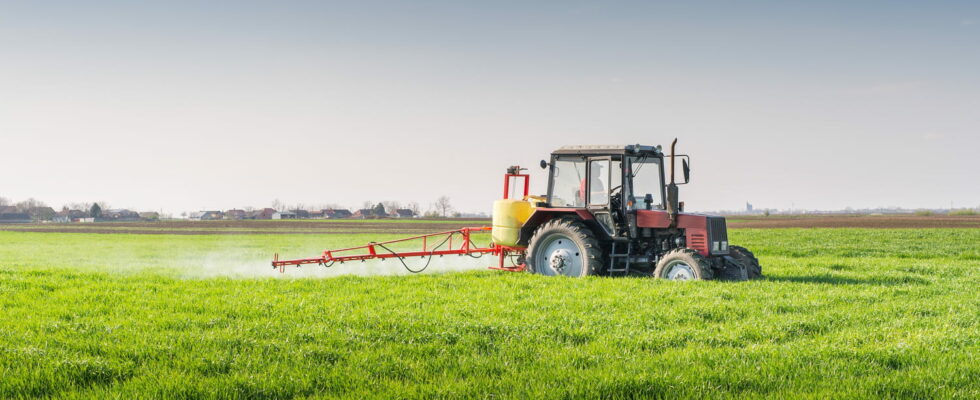Plant protection products cause a lot of concern among citizens. A new free online tool now allows you to know pesticide consumption by department in France.
The use of pesticides in agriculture is a subject that has sparked intense controversy for several decades. These chemicals, designed to protect crops from insects, diseases and weeds, present significant and well-documented risks to human health and the environment.
And pesticides can easily contaminate soil, groundwater and waterways, endangering biodiversity and ecosystems. Furthermore, prolonged exposure to pesticides has been linked to numerous health problems, such as cancers, neurological disorders and fertility problems.
But at the same time, these phytosanitary products are still essential to the production method of many farmers, who do not always have more ecological, healthier and economically viable alternatives. The debate therefore rages between supporters and opponents of the use of pesticides in fields;
The subject is therefore highly flammable and also raises a lot of concern among the population, who are not always well informed about their possible exposure to pesticides. It is precisely with the aim of shedding light on the consumption of pesticides that Générations Futures, an environmental defense association, has put a new tool online: Geophyto.
This interactive online map allows you to visualize, department by department, the quantities of pesticides purchased in France. Data that has until now been inaccessible to the general public and which lifts part of the veil on the use of these chemicals in agriculture. The map indeed offers an interesting overview of the geographical distribution of pesticide purchases, thus revealing the departments with the highest consumption and the populations potentially most exposed to these substances.
The association has compiled data spanning from 2015 to 2022, which allows each Internet user to know the evolution of agricultural practices in their area of life over time, and to compare the consumption of pesticides in their department to that of others. In addition to quantifying pesticide purchases, Géophyto also allows us to know the nature of the substances used.
The tool thus distinguishes the most dangerous pesticides, such as those classified as carcinogenic, mutagenic or reprotoxic. This information is crucial for assessing the health and environmental risks associated with the use of these products. Beyond the simple visualization of data, Géophyto offers interesting analysis possibilities, with the presence of filters according to different criteria, such as the type of pesticide, its level of danger or even its function (herbicide, fungicide, etc.) .
The data presented by Géophyto comes from the national register of sales of phytopharmaceutical products (BNV-D), they are therefore reliable and offer a precise snapshot of the use of pesticides in France, at the departmental scale. This transparency is essential to raise public awareness of the issues related to the use of these products and to encourage public authorities to take more ambitious measures in favor of organic farming and the reduction of pesticides.
By making this information accessible to all, the association wishes to encourage an informed public debate on pesticides and their use in agriculture. It remains to be seen whether citizens, elected officials, associations and the media will be able to intelligently rely on this tool or others of the same kind, as part of a peaceful reflection on the transformation of the agricultural model, which takes into account the needs of all stakeholders, residents and farmers alike.
